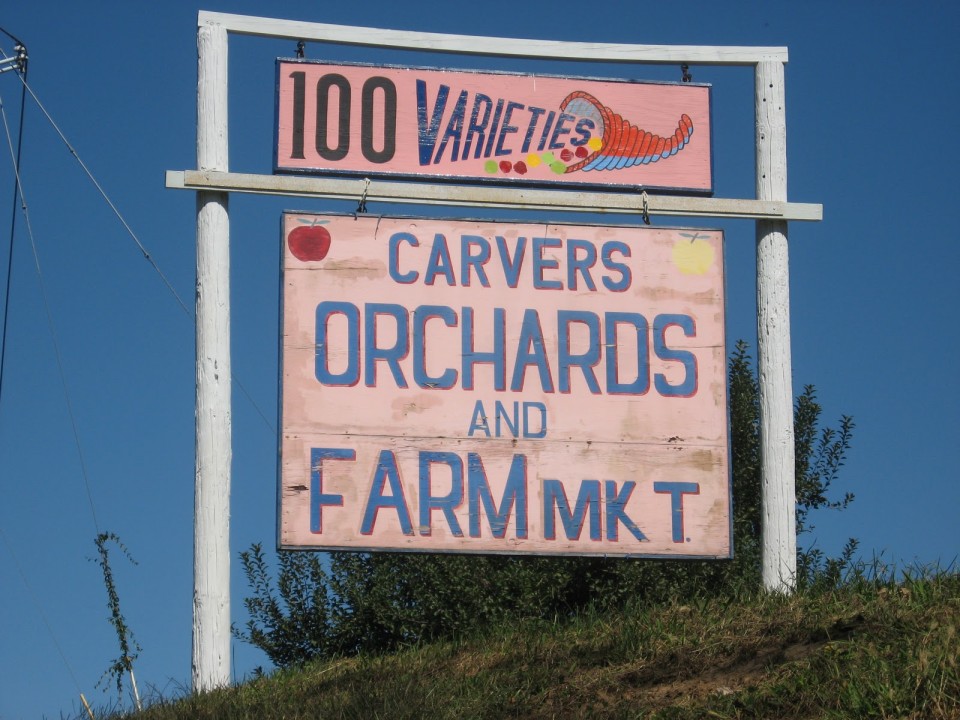Wonder how we got to the point of everyone having their own form of transportation, whether it is a car, a truck or a motorcycle? Well, then you might want to step into the Wheels Through Time Museum in beautiful Maggie Valley, NC. Celebrating all the ways that we get around and of course focusing on the motorcycle. Yes, ladies and gentleman this is a motorcycle museum tucked into the corner of the Smokies.
The Wheels Through Time Museum boasts more than 300 classic and rare motorcycles from America’s past. Harley Davidson, Indian, Excelsior, Henderson, Crocker and many more are lined up and cared for to show off the shine of the chrome and the paint jobs that might make you go back to the car for your sunglasses. This is one of the best niche museums that you will find in the Smokies.
Among the motorcycles you will find:
- 1917 Henderson Special
- 1917 Traub
- 1914 Hedstrom Prototype
- 1914 Flesher Flyer
- 1948 Panhead
- 1949 Hot Rod Panhead ”Revised Modified”
 Among the classic automobiles:
Among the classic automobiles:
- 1932 Clobes
- 1954 Cadillac
- 1954 Eldorado Convertible
- The Locomobile
Again, you are looking at a transportation museum, there is something here for everyone. Bring the bike enthusiast, bring the car enthusiast, bring the family and get ready to learn enjoy and have a great time at the Wheels Through Time Museum.
Wheels Through Time Museum
62 Vintage Lane
Maggie Valley, North Carolina 28751
(828) 926-6266
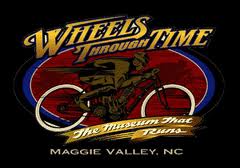
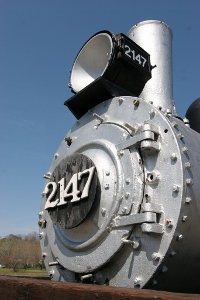
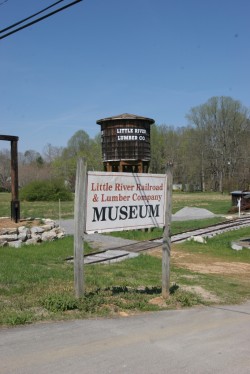
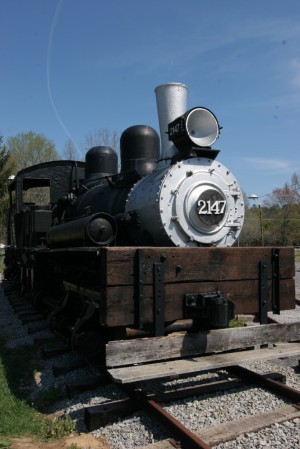 The Shay engine is the centerpiece of the museum and rightfully so. This was the engine that blazed the trail through the Smokies hauling log cars down the mountain to the saw mill. It also transported lumberjacks and other workers up the mountain and back to work. One could say that the Shay engine was the Little River Railroad Company’s backbone in those early years. For train enthusiasts it’s a must-see. You won’t find many of these Shay engines around now-a-days. And to find one as carefully maintained as the one at Little River, that’s a task in itself.
The Shay engine is the centerpiece of the museum and rightfully so. This was the engine that blazed the trail through the Smokies hauling log cars down the mountain to the saw mill. It also transported lumberjacks and other workers up the mountain and back to work. One could say that the Shay engine was the Little River Railroad Company’s backbone in those early years. For train enthusiasts it’s a must-see. You won’t find many of these Shay engines around now-a-days. And to find one as carefully maintained as the one at Little River, that’s a task in itself.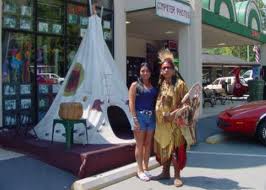

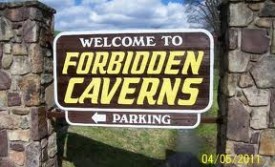
 So where did that river come from? Its source is believed to stem from an underground lake found beneath English Mountain. Famous for its spring water, chert or flint can also be found on English Mountain, but in limited quantities. Indians once used both to form arrowheads, knives and scrapers to use for tribal hunting and battle. Calcite formations can still be found growing in the cave as well as other rare rock formations. English Mountain boasts the largest wall of rare cave onyx or dripstones known to exist anywhere.
So where did that river come from? Its source is believed to stem from an underground lake found beneath English Mountain. Famous for its spring water, chert or flint can also be found on English Mountain, but in limited quantities. Indians once used both to form arrowheads, knives and scrapers to use for tribal hunting and battle. Calcite formations can still be found growing in the cave as well as other rare rock formations. English Mountain boasts the largest wall of rare cave onyx or dripstones known to exist anywhere.
